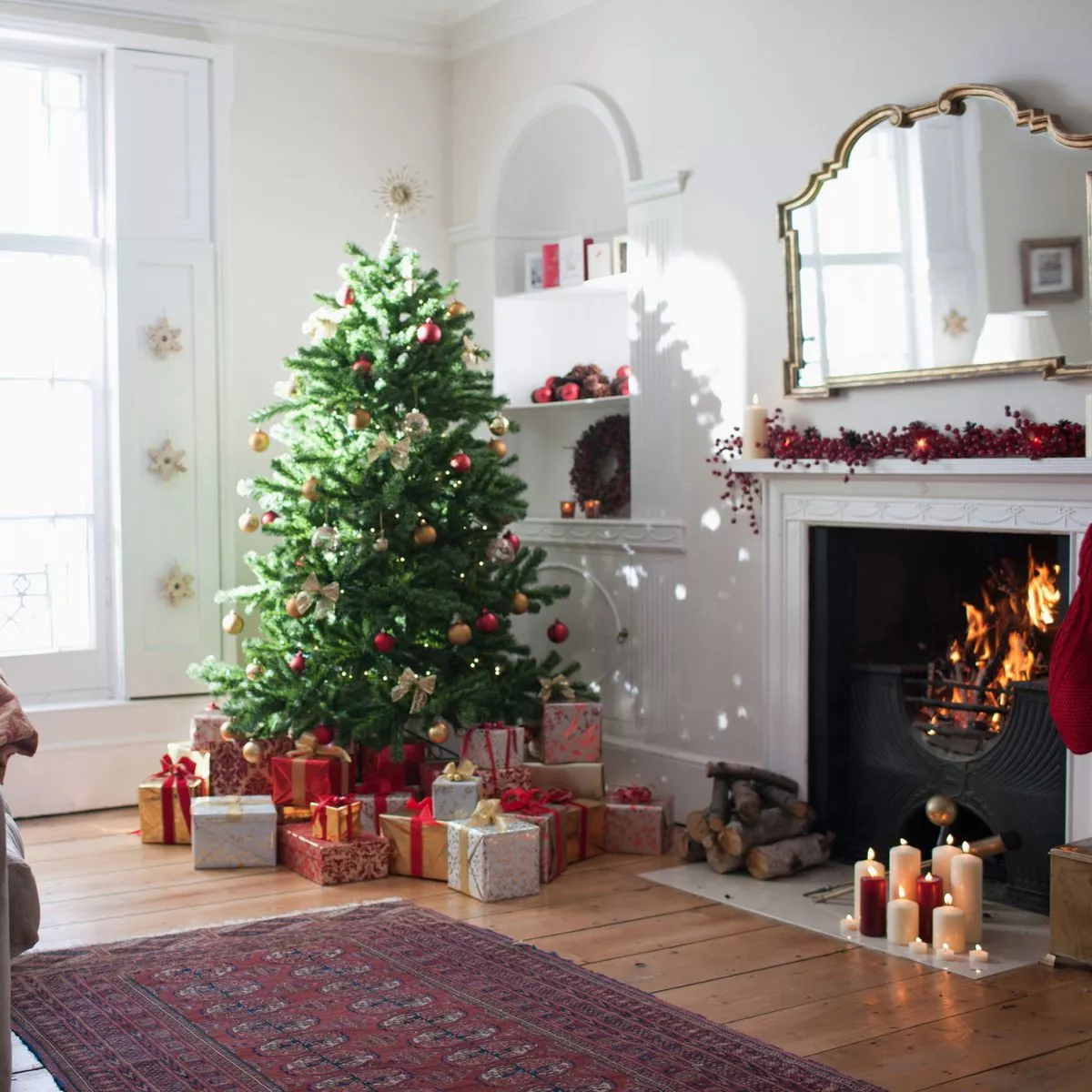
The Journey of Your Christmas Tree

From Farm to Living Room: The Journey of Your Christmas Tree
The enchanting scent of a Christmas tree is one of the most evocative symbols of the holiday season, bringing warmth and festive cheer to homes around the world. But have you ever wondered about the journey your Christmas tree takes before it graces your living room? From seedling to sale, the life of a Christmas tree is a fascinating tale of nature, nurture, and a touch of holiday magic. Let’s explore the incredible journey of your Christmas tree from farm to living room.
1. The Seedling Stage
Every Christmas tree starts its life as a tiny seed. These seeds are typically harvested from mature trees in specially designated seed orchards. The seeds are then planted in nurseries, where they are nurtured into seedlings. This process can take several years, depending on the type of tree.
- Selection of Seeds: Only the healthiest and most robust seeds are chosen to ensure the best growth.
- Nursery Care: The seedlings are carefully tended with the right mix of water, sunlight, and nutrients.
2. Transplanting to the Farm
After spending a few years in the nursery, the young trees are ready to be transplanted to a Christmas tree farm. Here, they are given ample space to grow into the full-sized beauties we recognize.
- Planting: The seedlings are planted in rows, with plenty of room to accommodate their future growth.
- Soil Preparation: Farmers often prepare the soil by adding organic matter and ensuring proper drainage.
3. Years of Growth and Care
Growing a Christmas tree is a labor of love that requires patience and dedication. It typically takes 7 to 10 years for a tree to reach the ideal height for Christmas trees, which is around 6 to 7 feet.
- Pruning: Regular pruning helps maintain the tree’s classic conical shape. This involves trimming the branches to encourage dense growth and a balanced structure.
- Pest Control: Farmers must also manage pests and diseases that can affect the health of the trees. This often involves sustainable and eco-friendly methods.
- Weed Management: Keeping the area around the trees free from weeds ensures that the trees get the necessary nutrients and water.
4. Harvesting the Tree
When the tree has reached the desired height and fullness, it’s time for harvest. This usually happens in late November or early December, just in time for the holiday season.
- Cutting: The trees are carefully cut at the base using saws or specialized machinery. The goal is to minimize damage and ensure the tree stays fresh.
- Shaking and Wrapping: After cutting, the trees are shaken to remove loose needles and debris. They are then wrapped in netting to protect the branches during transport.
5. Transportation to Market
Once harvested, the trees are transported to various locations where they will be sold to eager holiday decorators.
- Local Markets: Some trees are sold directly at farm stands or local markets. This reduces transportation time and supports local businesses.
- Retail Lots: Many trees are shipped to retail lots in urban and suburban areas. This step involves careful packing to prevent damage during transit.
6. Selecting Your Tree
When you visit a tree lot or farm, you’re entering the final stage of the tree’s journey. Here, you can choose from a variety of trees, each with its own unique characteristics.
- Inspection: Check for freshness by gently running your hand along the branches. The needles should feel soft and not fall off easily.
- Height and Shape: Select a tree that fits your space and preferences. Consider the height of your ceiling and the room’s layout.
- Aroma: Many people choose a tree based on its fragrance. Balsam firs and Fraser firs are known for their delightful scent.
7. Bringing It Home
Once you’ve chosen the perfect tree, it’s time to bring it home and set it up.
- Cutting the Trunk: Before placing the tree in a stand, cut off about an inch from the bottom of the trunk. This fresh cut helps the tree absorb water more effectively.
- Positioning: Place the tree in a stand with plenty of water. Keep it away from heat sources to prevent it from drying out.
- Decorating: Now comes the fun part! Decorate your tree with lights, ornaments, and garlands, transforming it into the festive centerpiece of your holiday decor.
8. Post-Holiday Disposal or Recycling
After the holidays, it’s important to dispose of your tree responsibly.
- Recycling Programs: Many communities offer Christmas tree recycling programs. Trees are collected and chipped into mulch, which can be used in landscaping projects.
- Replanting:

